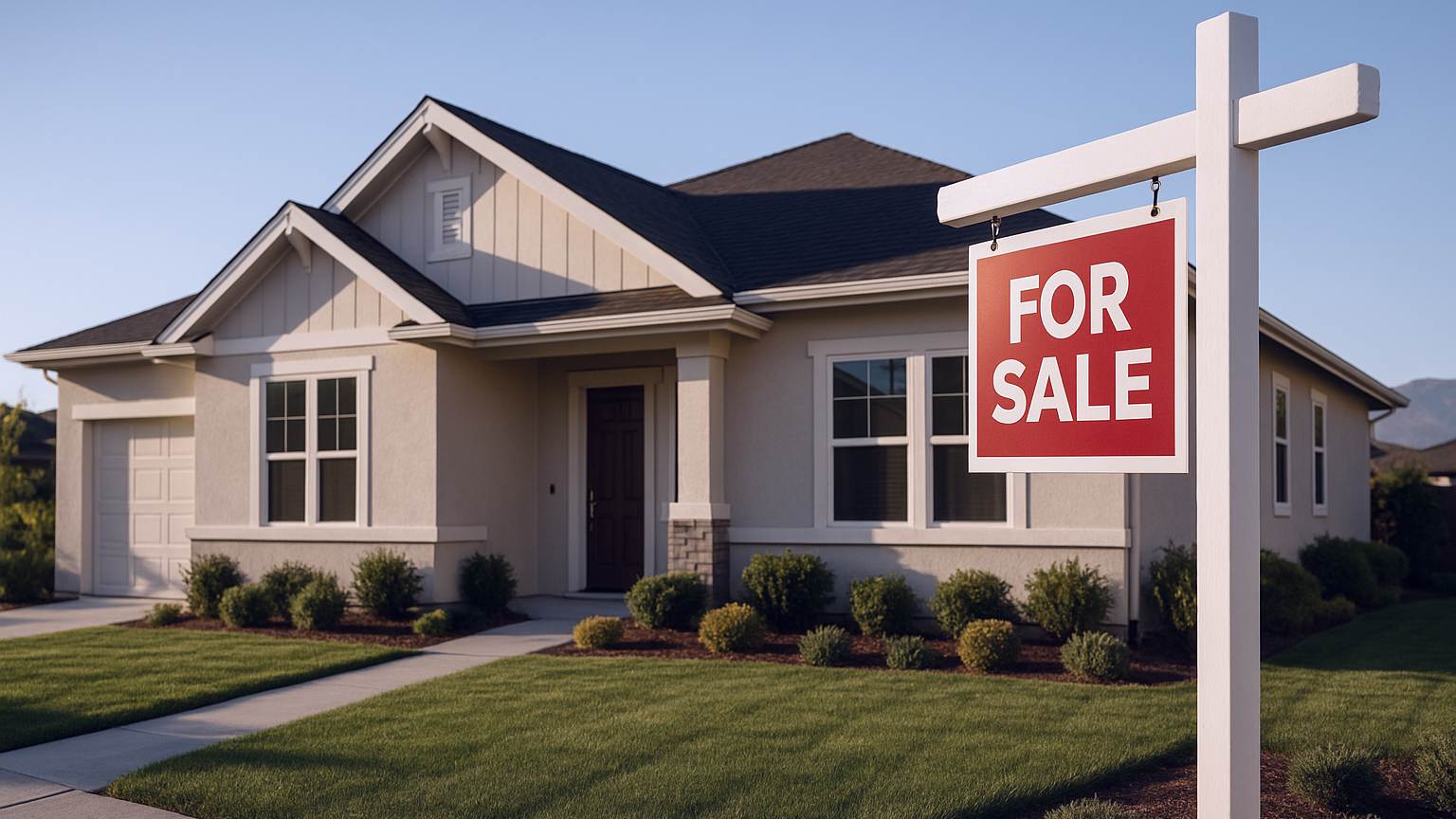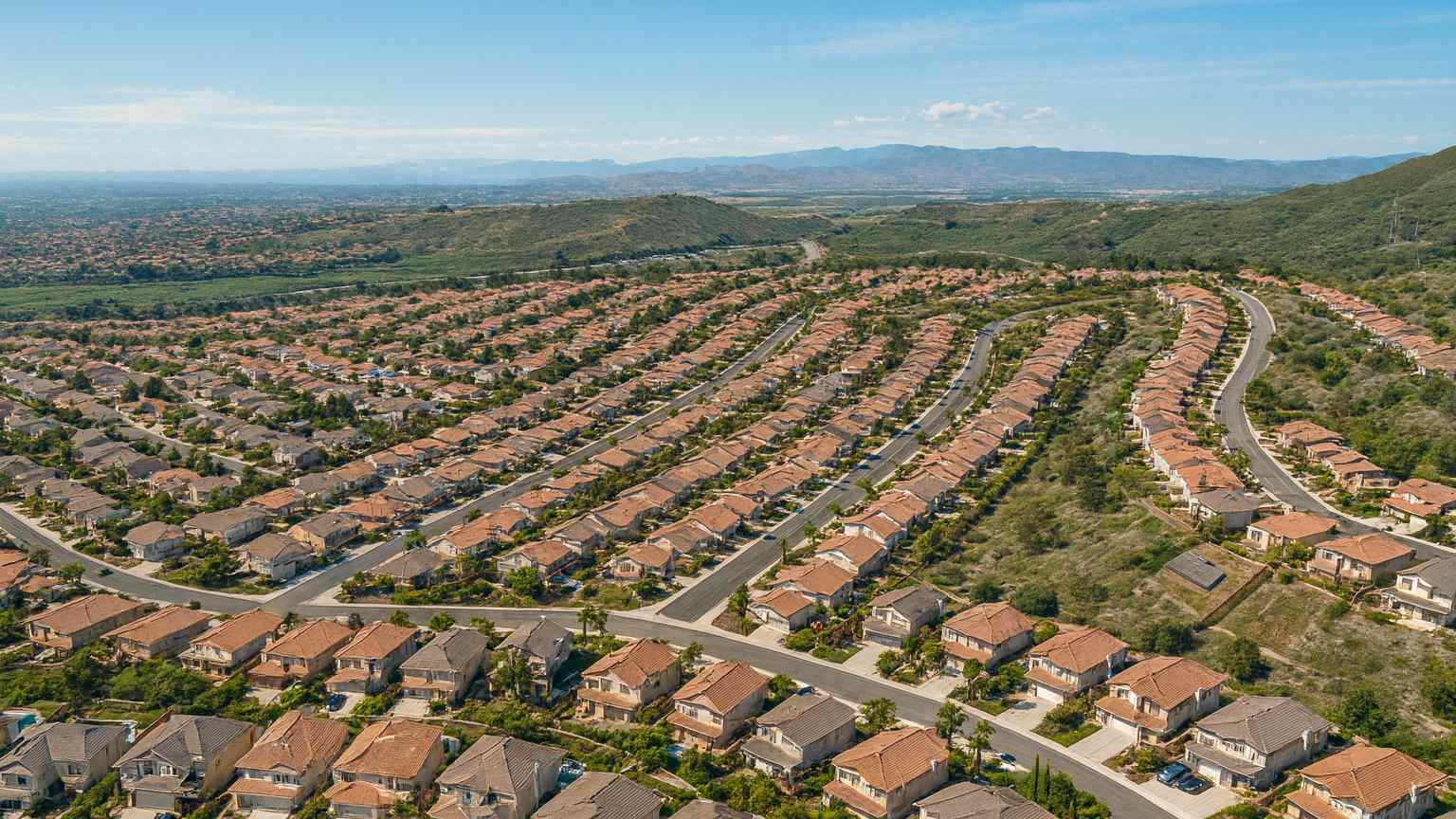The Question Everyone Is Asking
By January, Nick and Layla had already moved twice in two years. Their rent had increased by nearly 20% in that time, and when they received notice that their monthly payment was going up again — this time by $375 — they finally asked the question that so many others are asking in 2025:
Is now a smart time to buy?
Both of them had good jobs — Nick worked remotely as a UX designer, while Layla taught part-time and freelanced in marketing. They weren’t short on income, but the market felt… off. Rates were high. Prices weren’t falling as expected. Headlines were mixed. Was this just another bubble? Should they wait another year? Or worse, were they about to miss their window altogether?
Their question wasn’t just personal. It’s become one of the most searched real estate queries of the year. And as rents climb, supply tightens, and the market continues to evolve post-pandemic, the answer isn’t as simple as yes or no. It’s a matter of timing, goals, and knowing how to read the subtle signals in the 2025 real estate landscape.
What Makes 2025 Unique?
Compared to even five years ago, 2025 is a fundamentally different market. Mortgage interest rates remain in the 6–6.5% range, significantly higher than the record lows of the pandemic era. Construction has slowed due to tariffs and supply chain hangups. Meanwhile, many would-be sellers are staying put, locked into ultra-low rates, which has reduced inventory across the board.
Yet despite all of this, prices haven’t collapsed. In fact, many areas have seen modest year-over-year increases, especially in suburban neighborhoods, secondary metros, and energy-efficient new builds.
What’s driving that?
Demand. Millennials, now the largest group of homebuyers, continue to age into their prime homeownership years. Gen Z isn’t far behind. And the pandemic forever changed how people view home — not just as shelter, but as a hybrid workspace, retreat, and long-term investment.
So while economic forces are complicated, the desire to own is still strong. The question is how — and when — to do it wisely.
Let’s tackle the rent-vs-buy debate head-on.
At first glance, rising mortgage rates make buying less appealing. Monthly payments on a median-priced home ($420,000 nationally) can be $800–$1,000 higher than they were in 2021. That’s a serious jump.
But rents have surged too — in some markets by 30% or more since 2020. And while buying means locking in a payment, renting means accepting whatever increase your landlord deems reasonable next year.
According to The Real Estate CPA and recent analysis from houltonhometeam.com, more buyers are realizing that renting — even at a lower monthly cost — often comes with hidden long-term downsides. There’s no equity, no tax advantages, and no control over your living space.
A simple rent-versus-buy calculator often doesn’t tell the full story. Here’s what you need to consider:
- If you plan to stay in your home for at least 5–7 years, buying becomes more advantageous.
- If your income is stable and you can afford a down payment without draining your savings, buying builds long-term wealth faster.
- If you’re in a volatile job or plan to relocate soon, renting gives you flexibility — and that has value too.
For many buyers like Nick and Layla, the tipping point isn’t just financial. It’s about stability, lifestyle, and future planning.
Seasonal Timing: Is There a “Best” Time to Buy in 2025?
Seasonal patterns still apply, even in today’s more fluid market.
In a typical year:
- Spring and early summer (March–June) bring the most listings, but also the most competition.
- Late summer and fall (August–October) offer slightly fewer listings, but better room for negotiation.
- Winter months (November–February) often have motivated sellers and less buyer traffic — which can mean lower prices.
According to thompsongroupsarasota.com, 2025 is following a modified version of this pattern. Inventory remains tight, but the late summer and early fall are showing promise. More sellers are expected to list as rate forecasts stabilize and election-year uncertainty eases. That means Q3 and Q4 of 2025 could offer the sweet spot: fewer bidding wars, slightly better rates, and more balanced negotiations.
Still, the best time to buy isn’t just about the season. It’s about when your personal finances, career stability, and emotional readiness align.
Remote Work and Suburban Demand: Shifting Geography of Demand
One of the biggest long-term trends reshaping the housing market is the continued evolution of remote work. While some companies have returned to office mandates, millions of professionals have permanently shifted to hybrid or fully remote roles.
This has kept demand high in smaller metros, outer suburbs, and even rural towns with fiber connectivity. Cities like Boise, Asheville, Colorado Springs, and parts of the Inland Empire have seen steady growth as buyers prioritize space, affordability, and lifestyle over commuting proximity.
Buyers like Nick and Layla now have options they wouldn’t have considered pre-2020. A two-bedroom townhouse in the city? Or a three-bedroom home with a backyard and office in a suburb 45 minutes out — for the same price?
The calculus has changed, and so has the demand curve.
Eco-Friendly Homes and Energy Efficiency
Another major shift in 2025: buyers are asking about energy bills — often before square footage.
With utility costs rising and climate awareness growing, energy efficiency has become a core value driver. Homes with solar panels, high-efficiency HVAC systems, smart thermostats, and energy audits are commanding premiums — and selling faster.
According to bondbahamas.com and other trend analysts, “green” homes in 2025 are no longer just for the eco-conscious. They’re for the financially savvy. In many cases, homes that are 20–30% more energy efficient result in long-term savings that more than offset a slightly higher purchase price.
New builds in planned communities are increasingly including solar-ready roofing, EV charging setups, and energy-smart insulation as standard — not upgrades. And retrofits in resale homes are becoming a deciding factor for buyers choosing between similar properties.
What Buyers Should Focus on in 2025
If you’re considering buying this year, here’s a strategy that cuts through the noise:
- Don’t try to time the absolute bottom of rates. Focus on affordability today, and plan to refinance later if rates drop.
- Expand your search radius. Suburbs and outer metros still offer value, especially for remote workers.
- Prioritize homes with strong fundamentals: natural light, structural integrity, energy efficiency, and long-term livability.
- Look for local incentives. Some cities and counties are offering grants, tax credits, and rate assistance for first-time buyers.
And most importantly, work with an agent who understands not just listings — but the deeper trends that could shape your financial decision for years to come.
Final Thoughts
The truth about the 2025 real estate market is this: there’s no one-size-fits-all answer. Buying a home this year isn’t a slam-dunk, nor is it a mistake. It depends on your goals, your timeline, and your readiness — emotionally and financially.
For some, waiting may make sense. For others, especially renters facing steady hikes, ownership is the smarter long-term play — even with higher interest rates.
And for many, the best approach is neither rushing in nor sitting out — but preparing. Learning. Getting pre-approved. Watching the market. Having conversations. Because markets move quickly, and the buyers who win are usually the ones who prepared when others hesitated.
At AARE, we believe real estate is never just about transactions. It’s about transitions — and timing them well.
Whether you’re exploring new cities, looking to escape rising rent, or ready to invest in a future-proof home, we’re here to help you move forward.








